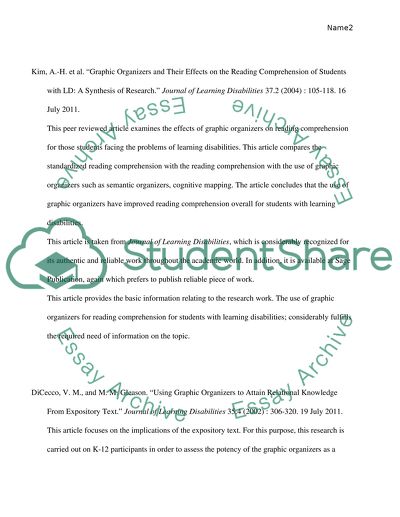Cite this document
(“Techniques of research Essay Example | Topics and Well Written Essays - 1750 words”, n.d.)
Retrieved from https://studentshare.org/education/1428413-techniques-of-research
Retrieved from https://studentshare.org/education/1428413-techniques-of-research
(Techniques of Research Essay Example | Topics and Well Written Essays - 1750 Words)
https://studentshare.org/education/1428413-techniques-of-research.
https://studentshare.org/education/1428413-techniques-of-research.
“Techniques of Research Essay Example | Topics and Well Written Essays - 1750 Words”, n.d. https://studentshare.org/education/1428413-techniques-of-research.


